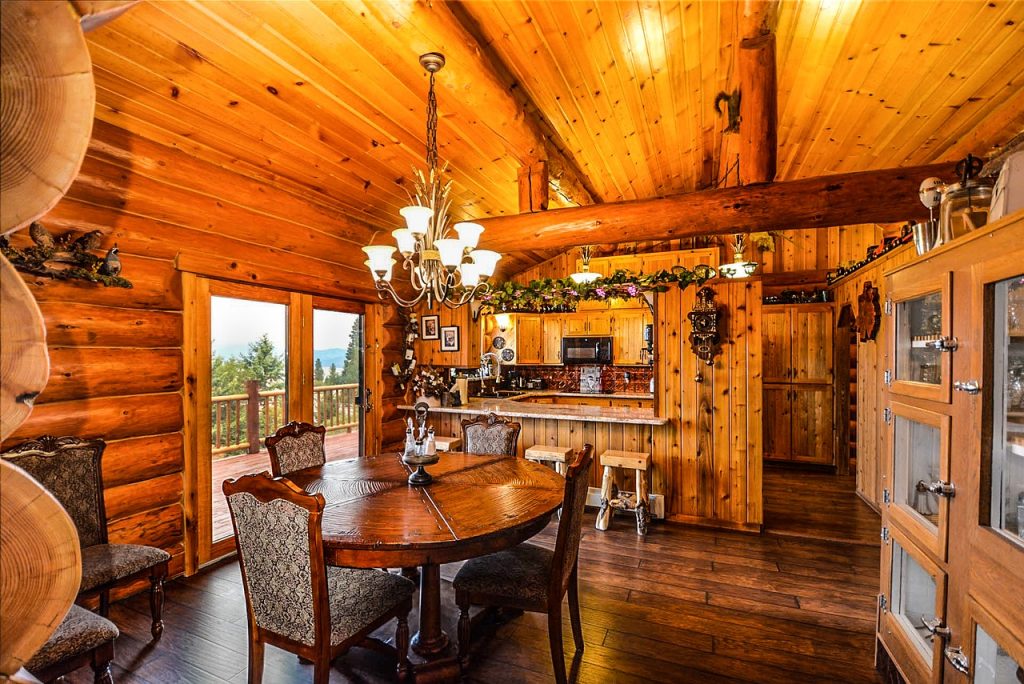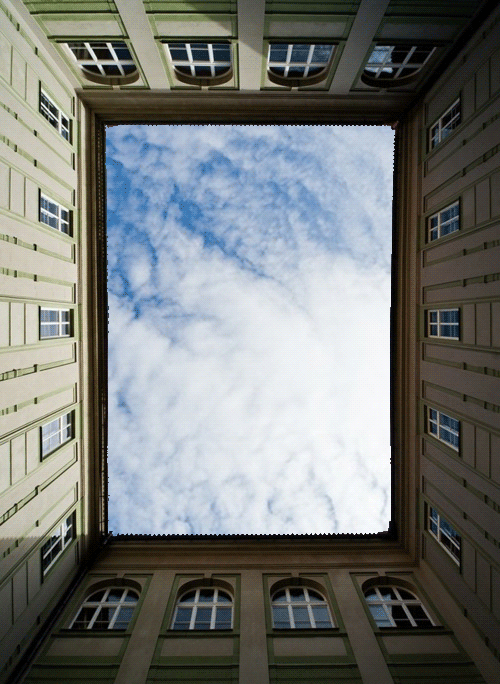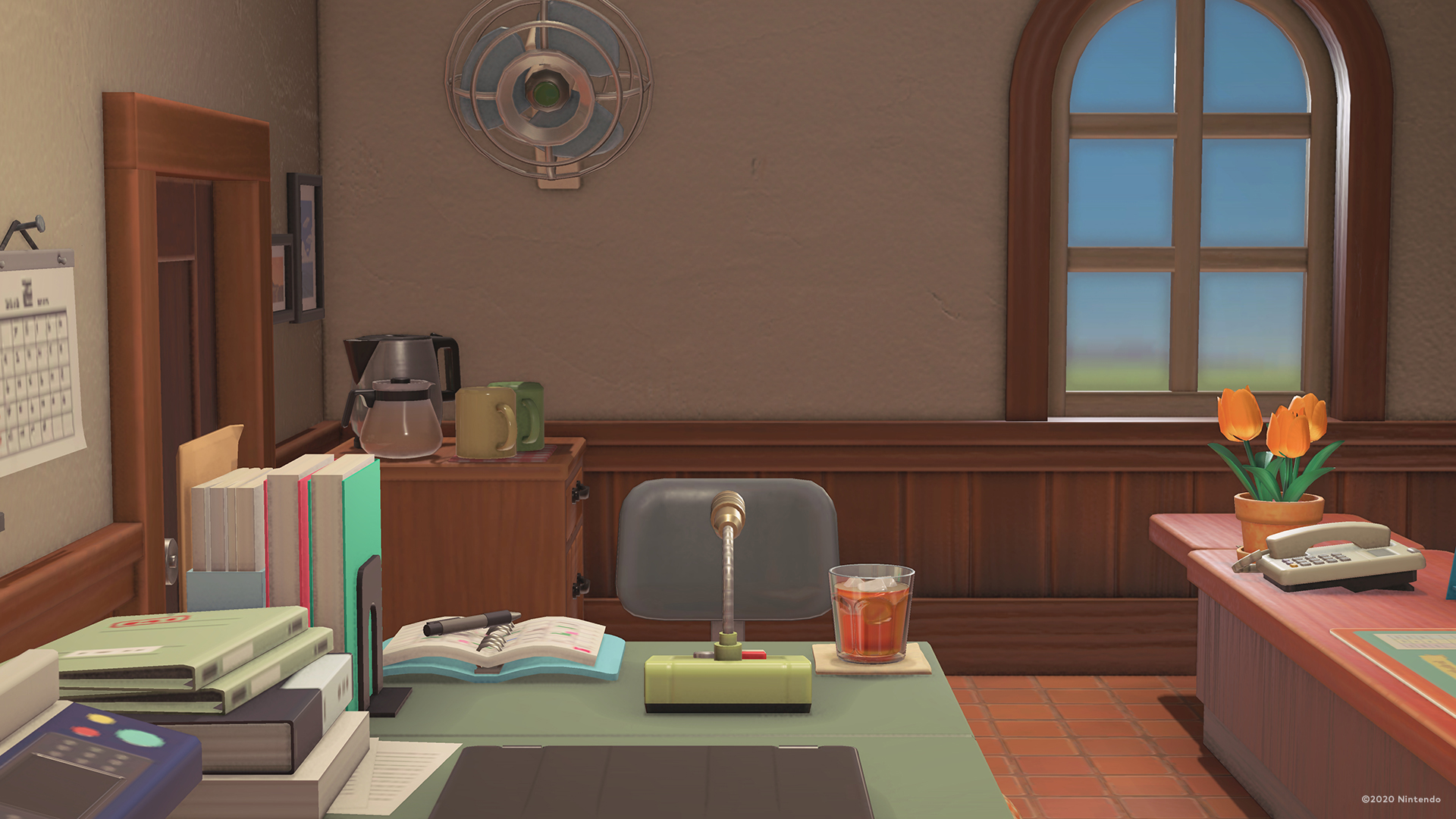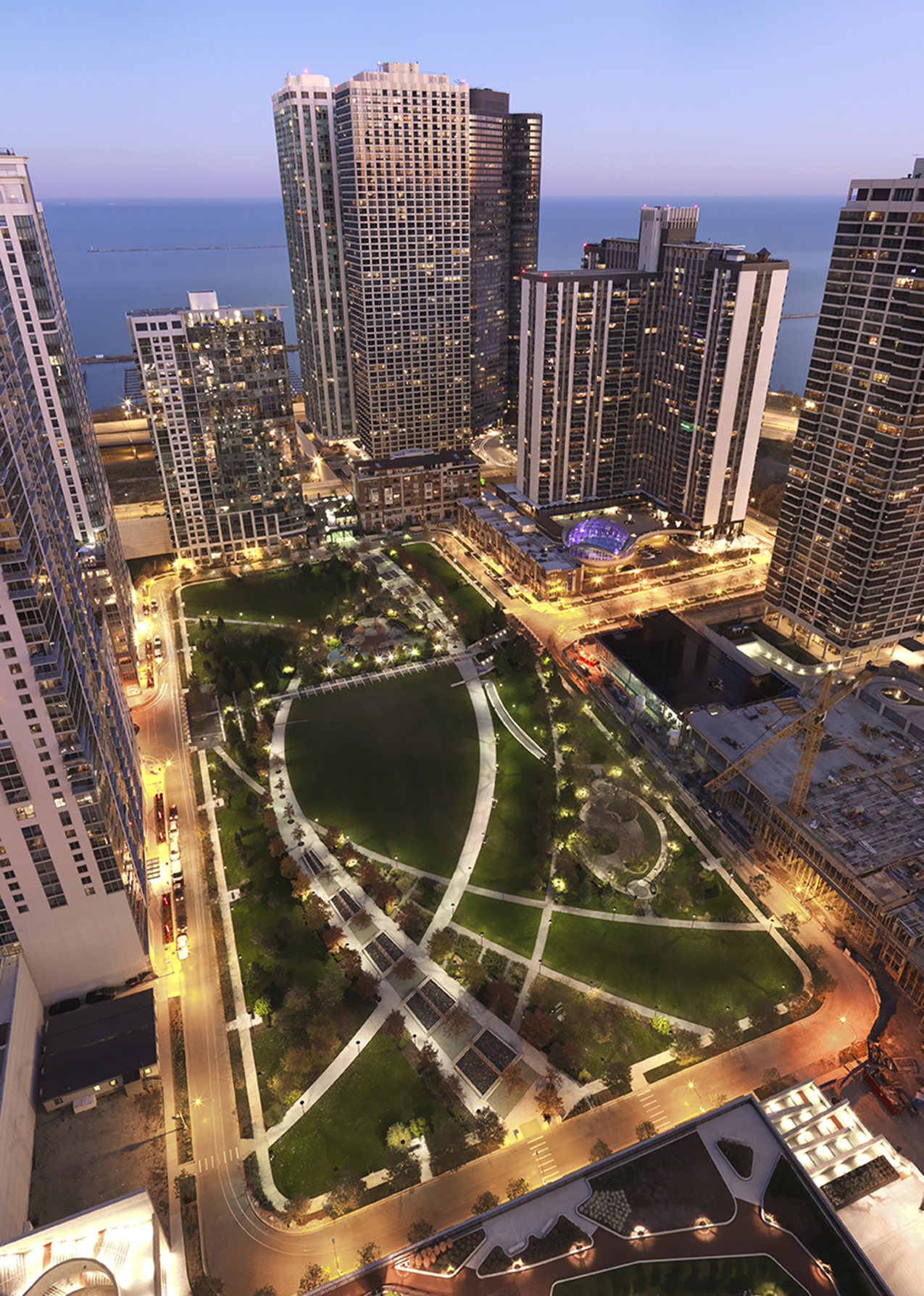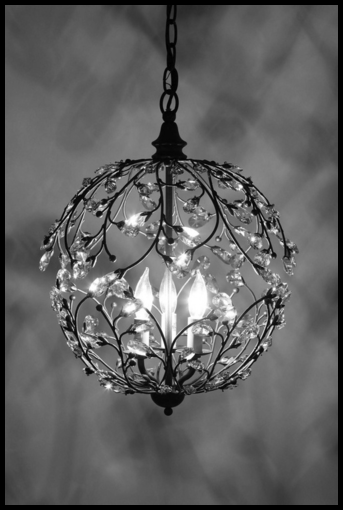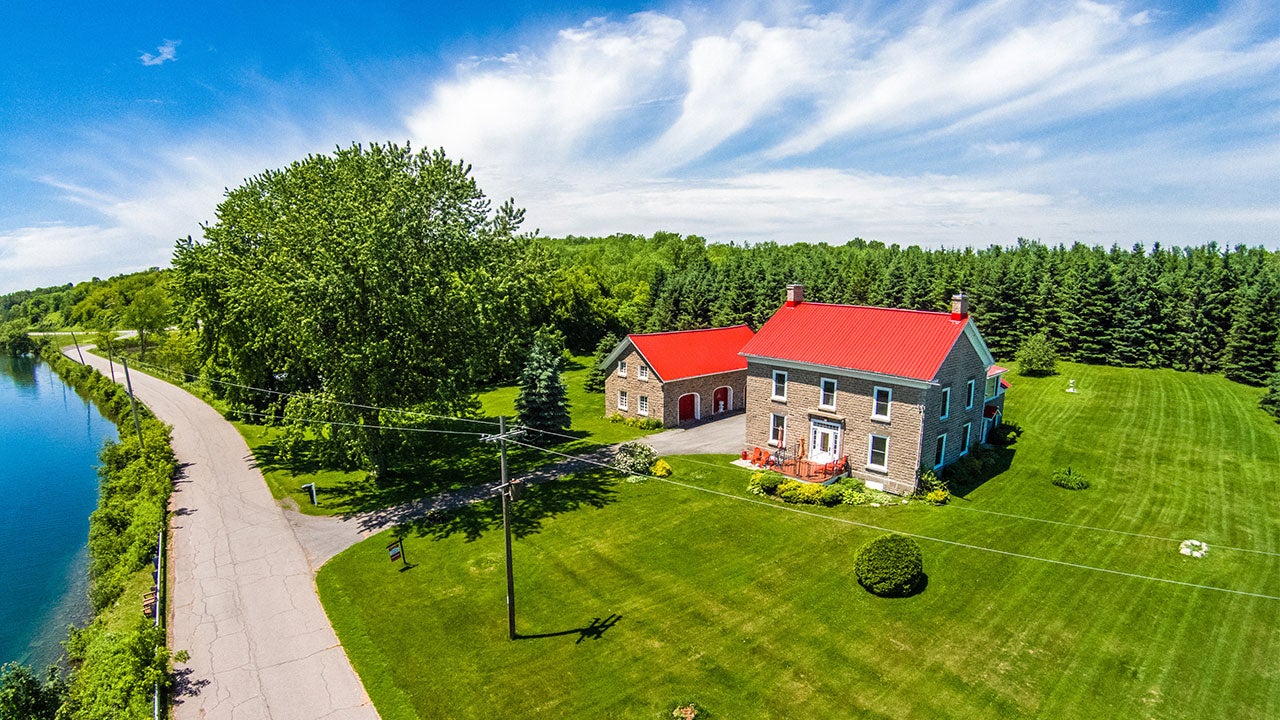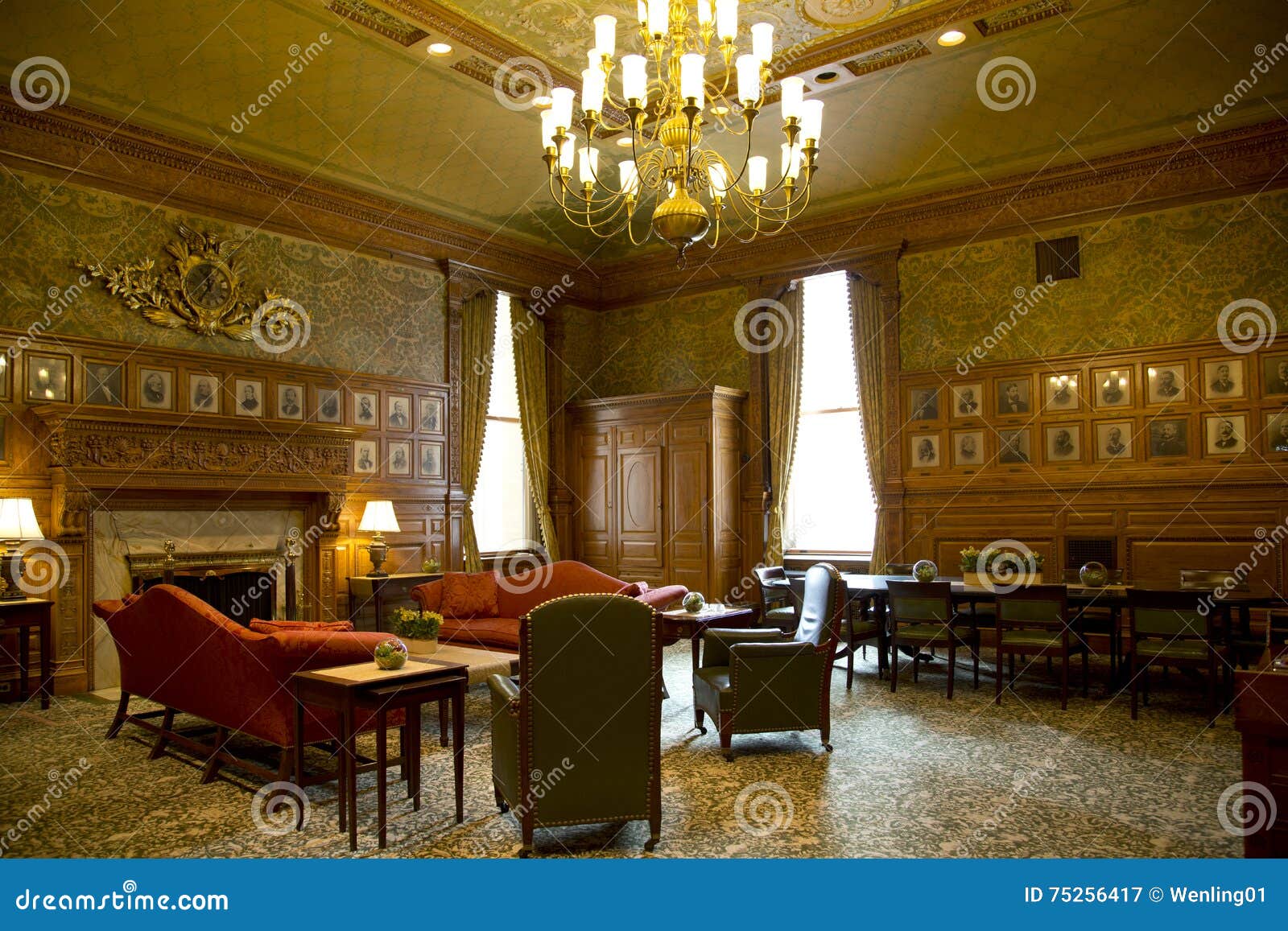Table of Content
Therefore, most people need to be fairly flexible in how they approach the project to get the best results. Below are some of the most common treehouse designs and the average costs for professional custom building. To build 10’ x 10’ treehouses with a roof and walls out of cedar, prices range from $12,000 to $35,000. Cedar is one of the most popular materials for building outdoors. It is the best material for resisting both insect activity and rot due to moisture, and it is readily available and easy to work with.

The best of them are comfortable, airy homes where you can enjoy treetop views from the kitchen, deck, or soaking tub. Take a look at six treehouses that are on the market around the country. If you're looking for an updated tree house plan, this free plan from Dornob will help you build a modern treehouse with an unusual shape and windows from the tiny to the huge. Color photos, written instructions, and diagrams will help you build this unique treehouse.
Step 12: Add an Entranceway
The more lumber needed to construct it, the higher the costs, regardless of the footprint. In general, the larger the footprint, the more you can do with the space. This means that costs can begin to climb quickly as you size up. With your foundation built and braced, you’re ready to attach your deck boards.
•Make the least amount of punctures necessary to safely support the treehouse. •Cantilever beams out from a single trunk and provide support from above or below. Once your tree has a green light from your arborist, contract an architect to review your blueprints and offer any suggestions to increase your treehouse’s stability and safety.
Step 9: Brace the Platform
You can pick up some "hold down" brackets to mount to the tree with another 3/4" lag. They designed the treehouse with wood finishes and black fixtures. A wooden staircase leads to the entrance of the 320-square-foot space. There’s a queen size bed in the bedroom and a pullout sofa in the living room. The house is stocked with games, books, and anything else guests might need to enjoy their stay. The stilt setup of this architect-designed three-bedroom, two-bath puts it high above the forested floor of its 21-acre lot.
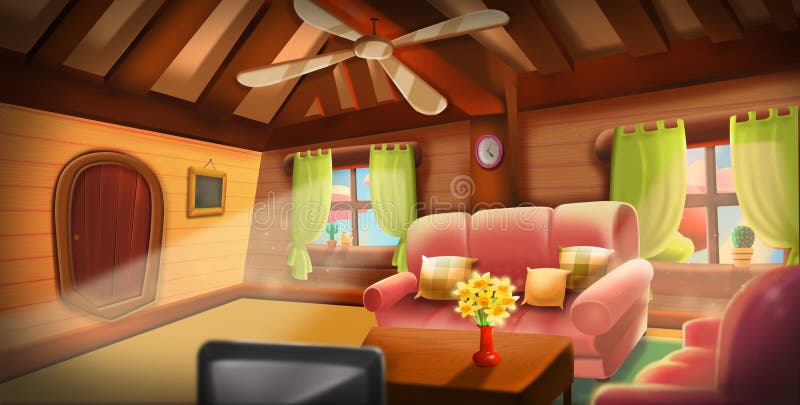
An expansive screened porch perfect for evening entertaining opens onto a deck overlooking the house’s 9,583-square-foot property and the Tangipahoa River. If you need anything, the vibrant town of Ponchatoula, where the median age is just 35, isn’t far. Known for its abundant spring strawberry harvest, the town celebrates with a Strawberry Festival every April. Instructables has a lot of free treehouse plans, but this one build by Makendo is a stand-out.
Step 5: Mount the Main Supports
As discussed earlier, your treehouse will need to follow local building codes. Other steps include building the platform, placement of braces or posts, and building the floor. The only exception would be for homeowners with significant building-related technical skills. The steps involved include checking local codes, selecting the tree, having a blueprint, and getting the tools necessary. You may be required to get a permit before building a treehouse in some areas. Check with your local municipality for more information.
A pulley will mostly be for your kids’ enjoyment, but it’s helpful for lifting tools and materials to the platform during construction. This will save you from making multiple trips to manually haul your building materials up a ladder. A sheet of paper that has been folded to hold both interior and exterior spaces.
Free DIY Tree House Plans
You'll be able to view and download a materials list, cutting list, building instructions, and blueprints in this free tree house plan. Plenty of color photos, diagrams, and written directions will help you build this treehouse hideaway that any kid would love. A master cut list and supply list are available for this free tree house plan as well as separate blog posts on how to build the deck, the walls, railing and shutters, and the roof. Take the time to learn about local regulations or ordinances that may be relevant to your treehouse project, such as height restrictions. If you have protected trees on your property, there may be restrictions on building in them.
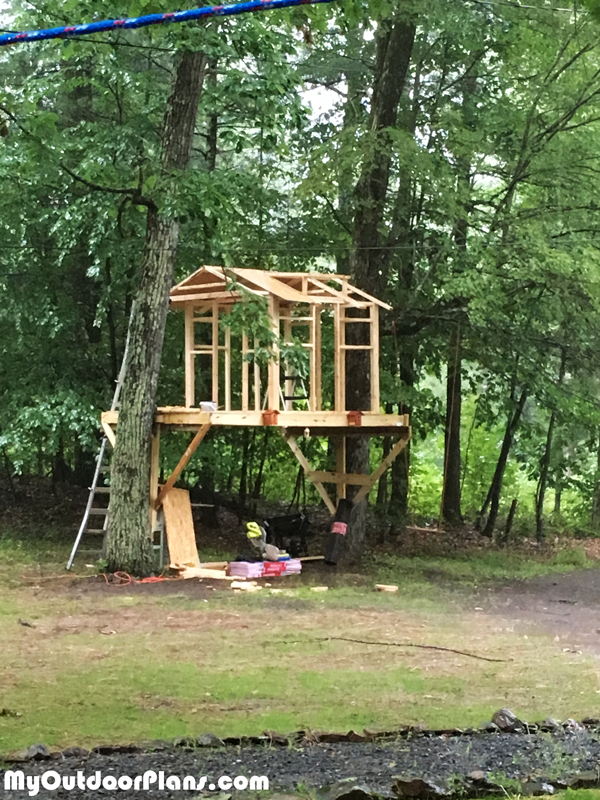
Don’t put fasteners too close together, which can weaken that section of the tree. Consider using one or two supports ground to take stress off the tree. This leaves most of the shaft exposed so you can mount items on the ends and lets the tree grow over the shaft. When choosing a tree, it’s also important to consider whether your trees abide by tree law, if applicable.
Screw the remaining board onto the other side of the platform so that each side of the tree has a support beam and use rafter ties to attach the platform to the supports. Finally, floor joists should be placed about 16 inches from the center of the structure. We recommend using one-inch galvanized nails and a hammer to attach the joist hangers and rafter ties instead of screws. A-frame treehouses cost between $10,000 and $25,000 to build. They start with a square base, which has all the benefits of the square treehouses in terms of versatility and affordability to build.
Building one to live in takes a specialist who works with an engineer to ensure the tree can hold the building. It takes considerably more lumber and other materials to finish this treehouse. It also has to have utilities, insulation, staircases, and other amenities. Therefore, starting costs for a treehouse that you can live in are around $200,000 for a moderate treehouse. If you want one that is the size of the average home, expect costs closer to $300,000. To have a treehouse you can live in, you must have a tree that can support the size and weight of the structure.
Depending on the size of the treehouse, it could take from a few hours to more than a week. It can be expensive depending on how much wood you use or supplies you have. Even with tools already, the materials can cost close to $500.
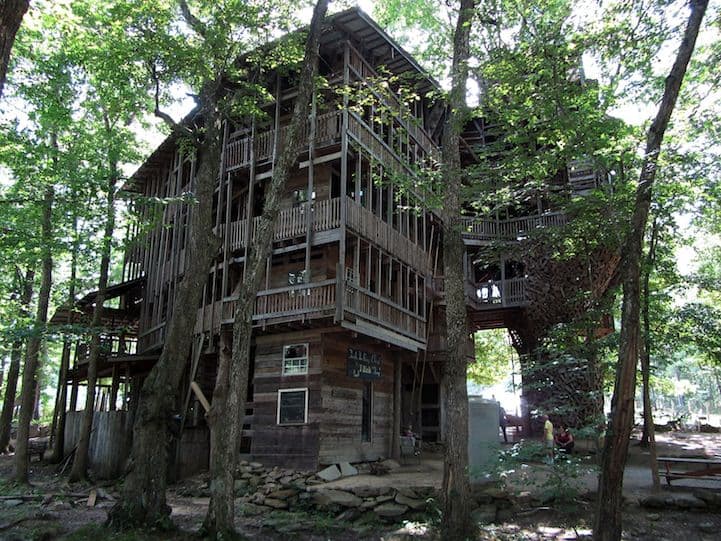
Cypress is a softwood that is predominantly a light yellowish-brown with a whiter sapwood and darker grain. It is very easy to work with, but it can have a greasy feel to the wood when left unfinished. Cypress is considered moderately durable in resistance to rot and insect activity. It resists rot better than some other softwoods like pine but not as well as cedar or redwood. Mystical, enchanting, fun, and magical are just a few words to describe a tree house home.


